Home>Furniture>Living Room Furniture>How To Baby-Proof A TV Stand
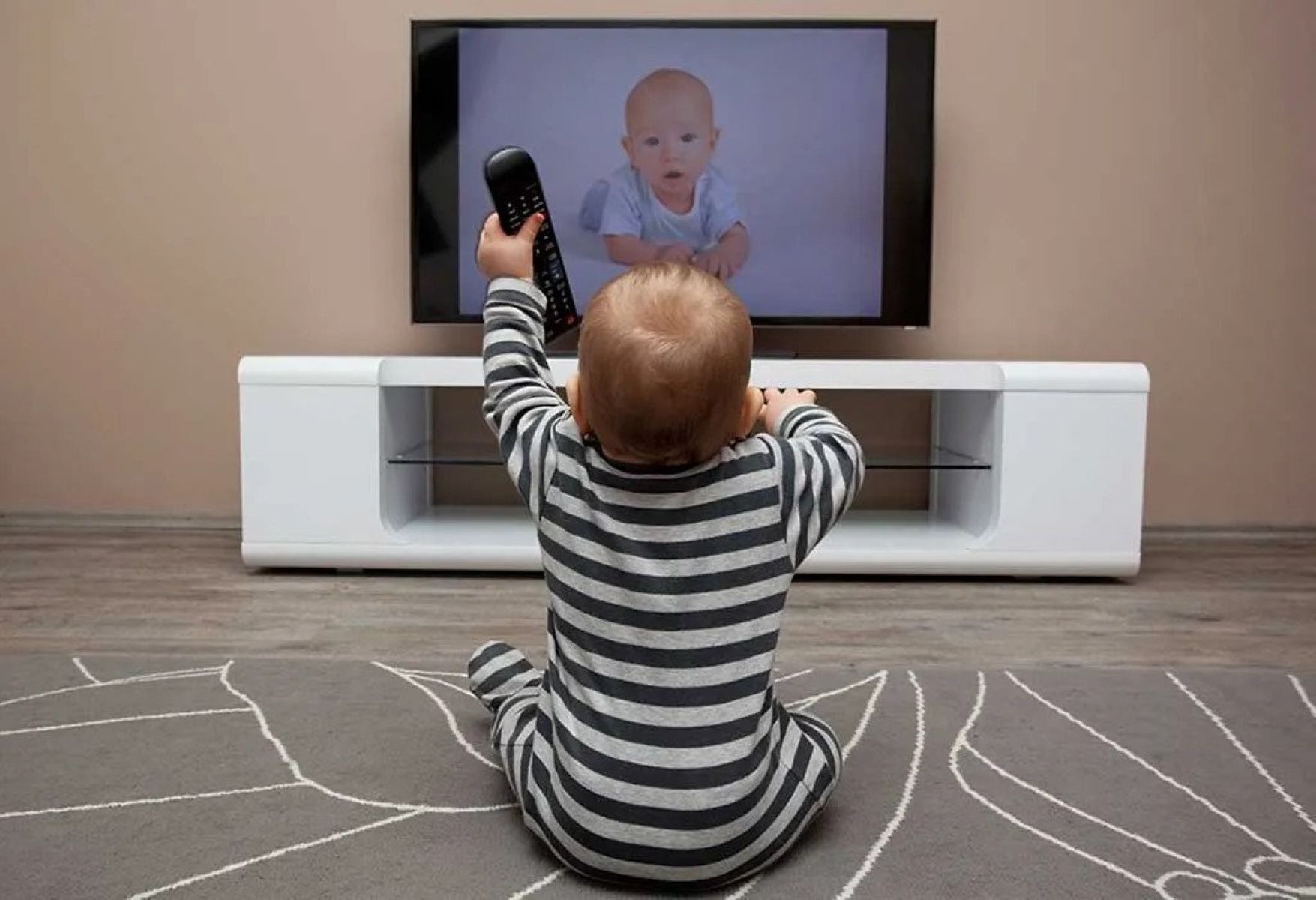

Living Room Furniture
How To Baby-Proof A TV Stand
Modified: March 16, 2024
Keep your living room furniture safe with our step-by-step guide on how to baby-proof a TV stand. Protect your little one from potential dangers.
(Many of the links in this article redirect to a specific reviewed product. Your purchase of these products through affiliate links helps to generate commission for Storables.com, at no extra cost. Learn more)
Introduction
When it comes to baby-proofing your home, the living room can pose several potential hazards. One of the main areas of concern is the TV stand, which can be a tempting target for little ones who are curious and eager to explore their surroundings.
TV stands often have sharp edges, unstable structure, and plenty of enticing objects on display. As a responsible parent or caregiver, it is crucial to take the necessary steps to ensure the safety of your child and prevent any accidents or injuries.
This comprehensive guide will walk you through the process of baby-proofing your TV stand, covering everything from assessing the risks to implementing specific safety measures. With these tips and strategies, you can create a secure and child-friendly living room environment.
So, let’s dive in and learn how to safeguard your TV stand and protect your little ones from potential accidents!
Key Takeaways:
- Secure your TV stand by anchoring it to the wall and using furniture barriers to create a safety zone, reducing the risk of accidents and injuries for your child.
- Implement effective cable management, use corner guards, and ensure electrical safety to create a child-friendly living room environment, providing peace of mind for both you and your child.
Read more: How To Mount A TV On A TV Stand
Assessing the Risks
Before you begin baby-proofing your TV stand, it’s essential to assess the potential risks and hazards associated with it. By identifying the specific dangers, you can take targeted measures to minimize the risk of accidents.
Start by examining your TV stand and its surroundings. Look for any sharp corners or edges that could potentially cause injuries if a child bumps into them. Take note of any loose objects or cables that could be a choking hazard or pose a risk of tripping.
Consider the stability of the TV stand. Is it wobbly or prone to tipping over? This is especially important if you have a curious and active toddler who may try to climb or pull on the stand.
Additionally, take stock of any electronic devices or components on or near the TV stand. Ensure that cables, cords, and power outlets are properly secured and out of the reach of children.
By thoroughly assessing the risks, you can prioritize the necessary safety measures and be proactive in preventing accidents or injuries.
Once you have a clear understanding of the potential hazards, you can move on to implementing measures to secure your TV stand and create a safe space for your child to explore.
Anchoring the TV Stand
One of the most critical steps in baby-proofing your TV stand is ensuring its stability by properly anchoring it to the wall. Anchoring prevents the stand from tipping over, especially if your child tries to climb on it or pull on it.
Start by securing the TV stand to the wall using furniture straps or brackets. These can be easily found at your local hardware store or online. Follow the manufacturer’s instructions carefully when installing the straps, ensuring that they are securely fastened to both the TV stand and the wall.
Make sure to use hardware designed specifically for furniture anchoring, as regular wall screws may not provide adequate support. It is also important to attach the straps to a sturdy part of the wall, such as a stud, for maximum stability.
Test the stability of the TV stand by gently pushing and pulling on it from different angles. If it feels unsteady or wobbles, reassess the anchoring and make any necessary adjustments.
Remember, even if your TV stand seems stable on its own, it is still imperative to anchor it to ensure your child’s safety. Curiosity can lead to unexpected accidents, and taking this precaution can provide peace of mind.
In addition to anchoring, consider placing heavy items on lower shelves of the TV stand. This lowers the center of gravity and reduces the risk of the stand toppling over.
By taking these steps to anchor your TV stand securely, you can significantly minimize the risk of accidents and create a safe environment for your child to play in the living room.
Securing Loose Objects
TV stands often have various objects like remote controls, DVDs, and decorative items displayed on them. These objects can be tempting for curious little hands, posing both a choking hazard and the risk of objects falling and causing injuries.
To ensure the safety of your child, it’s crucial to secure loose objects on the TV stand. Here are a few steps you can take:
- Remove hazardous objects: Start by removing any small objects that can be easily swallowed or pose a choking hazard. This includes small decorations, small electronic components, and loose batteries. Find a safe storage space away from your child’s reach.
- Use adhesive putty or museum wax: For larger objects or items that you want to keep on display, use adhesive putty or museum wax to securely attach them to the TV stand. This will prevent them from falling or being pulled off by your child.
- Organize cables: Loose cables hanging from your TV stand can be both unsightly and dangerous. Use cable management solutions such as cable clips, cable sleeves, or cable ties to keep them neatly organized and out of reach.
Make sure to regularly inspect the TV stand for any new objects or cables that may have been added or become loose. Being proactive in securing loose objects will significantly reduce the risk of accidents in the living room.
Remember, no matter how securely an object is attached, it’s vital to teach your child not to pull or play with items on the TV stand. Supervision and teaching boundaries will go a long way in keeping them safe.
By taking these steps to secure loose objects on your TV stand, you can create a safer and more child-friendly environment in your living room.
Creating a Safety Zone
In addition to securing the TV stand itself, it’s important to create a designated safety zone around the area. This will help prevent your child from coming into direct contact with the TV stand and its potential hazards.
Here are some effective ways to create a safety zone:
- Use furniture barriers: Consider using furniture barriers, such as baby gates or playpens, to restrict access to the TV stand and the surrounding area. This will prevent your child from getting too close and potentially causing accidents.
- Arrange furniture strategically: Rearrange furniture in the living room to create a physical barrier or buffer zone between your child and the TV stand. Position larger furniture items, such as sofas or chairs, in a way that limits access to the TV stand area.
- Use visual cues: Use brightly colored tape or floor markers to clearly define the boundaries of the safety zone. This can serve as a visual reminder for your child to stay away from the area.
Creating a safety zone around the TV stand is particularly crucial in the early stages of baby-proofing when your child is still learning to navigate their surroundings. As they grow older and develop better understanding and motor skills, you can gradually expand the boundaries of the safety zone.
Remember, however, that creating a safety zone does not substitute for adult supervision. Always keep a watchful eye on your child, even within the designated safety zone, to prevent accidents and ensure their well-being.
By implementing these strategies and creating a safety zone around your TV stand, you can provide an added layer of protection and peace of mind for both you and your child.
Use furniture straps to secure the TV stand to the wall to prevent it from tipping over. Keep cords and cables out of reach and use corner guards to protect sharp edges.
Read more: How Big Of A TV Stand For 85-Inch TV
Installing Cable Management
One of the common hazards associated with TV stands is the presence of loose cables and cords. These cables can pose a risk of entanglement, tripping, or even electrocution. Proper cable management is essential to maintain a safe environment for your child.
Here are steps to effectively install cable management:
- Organize and bundle cables: Begin by grouping and bundling the cables together. Use cable ties, Velcro straps, or cable sleeves to keep them neat and organized. This not only improves the aesthetics of your TV stand but also reduces the risk of your child pulling on them.
- Route cables away from reach: Avoid having cables and cords hanging freely from the TV stand where your child can easily grab them. Utilize cable clips or adhesive hooks to route the cables along the back or bottom of the TV stand, keeping them out of reach.
- Secure power strips and outlets: If you have power strips or outlets near your TV stand, ensure they are safely secured. Use outlet covers or surge protectors with child-proof features to prevent your child from accessing them or accidentally unplugging devices.
Additionally, consider using a cable management box to hide excess cords and power adapters. This not only tidies up the area but also eliminates the risk of your child playing with loose cables.
Regularly inspect the cable management setup to ensure that cables are not tangled or frayed. Replace any damaged cables immediately to maintain a safe and functional setup.
By installing effective cable management solutions, you can eliminate potential hazards associated with loose cables and create a safer environment for your child around the TV stand.
Blocking off Access
When baby-proofing your TV stand, it’s important to prevent your child from accessing it altogether. By blocking off access, you can minimize the risk of accidents and keep your child safe from potential hazards.
Here are some effective ways to block off access to the TV stand:
- Use baby gates: Install a baby gate or safety gate around the TV stand area to create a physical barrier. This will effectively restrict your child’s access, especially if they are crawling or learning to walk. Make sure the gate is securely installed and meets safety standards.
- Move breakable objects: Take any breakable or fragile items off the TV stand and relocate them to higher shelves or secure storage. This reduces the risk of items being knocked over or accidentally shattered if your child gains access to the stand.
- Rearrange furniture: Rearrange furniture in the living room to create a natural obstacle that prevents easy access to the TV stand. Position larger pieces of furniture strategically to create a physical barrier, making it more difficult for your child to reach the stand.
- Utilize door latches or locks: If your TV stand has cabinet doors or drawers, use childproof door latches or locks to prevent your child from opening them. This will keep them away from any potentially dangerous objects stored inside.
Remember, blocking off access to the TV stand is a temporary measure as your child grows and becomes more mobile. As they develop better understanding and motor skills, you can gradually adjust barriers and teach them appropriate behavior around the TV stand.
While blocking off access is important, supervision remains critical. Always keep a watchful eye on your child, even within the restricted area, to ensure their safety and prevent any accidents.
By implementing these strategies to block off access to the TV stand, you can create a secure space and minimize the risk of accidents and injuries.
Using Corner Guards
TV stands often have sharp edges and corners that can pose a risk of injury, especially if your child accidentally bumps into them. Using corner guards is a simple yet effective way to baby-proof these potential hazards and prevent accidents.
Here’s how you can use corner guards to protect your child:
- Select the right corner guards: Choose corner guards that are specifically designed for furniture and child safety. Look for guards made from soft, cushioned materials such as foam or rubber. They should be easy to install and fit securely on the corners of your TV stand.
- Install corner guards: Clean and dry the corners of your TV stand before installing the guards. Remove the adhesive backing and firmly press the guard onto each corner. Make sure the guards are securely attached and cover the sharp edges completely.
- Test the effectiveness: Once the corner guards are installed, give them a gentle tug to ensure they are secure and do not easily come off. This will provide peace of mind knowing that they will effectively protect your child from sharp edges.
Corner guards not only provide a physical barrier between your child and the sharp corners but also soften the impact in case of accidental bumps or falls.
While corner guards are an effective safety measure, they should not replace parental supervision. Keep a watchful eye on your child, especially when they are near the TV stand, to prevent any accidents that may still occur despite the protective guards.
Regularly inspect the corner guards to ensure they are in good condition. If any guards become loose or damaged, replace them promptly to maintain a safe environment for your child.
By using corner guards, you can significantly reduce the risk of injuries from sharp corners on your TV stand and create a safer space for your child to explore.
Cable and Electrical Safety
In addition to baby-proofing the TV stand itself, it’s crucial to pay attention to cable and electrical safety. Electrical hazards can pose a significant risk to your child’s safety, so taking proper precautions is essential.
Here are some steps to ensure cable and electrical safety:
- Secure cables and cords: Keep cables and cords securely fastened and out of your child’s reach. Use cable clips, cable covers, or cord concealers to prevent your child from pulling, chewing, or tripping on loose cables.
- Keep outlets covered: Install outlet covers or plug protectors to block your child’s access to electrical outlets. These covers prevent them from inserting objects or their fingers into the outlets, protecting them from electrical shocks.
- Avoid overloading outlets: Do not overload electrical outlets with too many devices or adapters. This can lead to overheating and electrical hazards. Use power strips with built-in surge protectors to safely distribute power to multiple devices if needed.
- Secure loose cords: If you have electrical cords running along the floor or walls, secure them using cord clips or tape to prevent your child from tripping over them or pulling on them.
- Child-proof appliances: Ensure that any accessible appliances, such as gaming consoles or DVD players, are child-proofed. Keep them out of your child’s reach and make use of child locks or safety features to prevent them from turning on or accessing the device’s internals.
Regularly inspect cables for any signs of damage, fraying, or exposed wires. Replace or repair damaged cables immediately to avoid any electrical complications.
As your child becomes more mobile and curious, actively teach them about electrical safety. Explain the dangers of playing with cords and outlets, and encourage them to alert you if they notice any damaged cables or electrical issues.
By taking these steps to ensure cable and electrical safety, you can greatly reduce the risk of electrical hazards and create a safer living room environment for your child.
Read more: How To Choose A TV Stand
Conclusion
Baby-proofing your TV stand is a crucial step in creating a safe living room environment for your child. By assessing the risks, securing loose objects, creating a safety zone, installing cable management, blocking off access, using corner guards, and ensuring cable and electrical safety, you can significantly reduce the risk of accidents and injuries.
Start by assessing the potential hazards associated with your TV stand, such as sharp edges, unstable structure, and loose objects. Take proactive measures to anchor the TV stand securely to the wall and secure any loose objects on it.
Create a safety zone around the TV stand using furniture barriers or strategic furniture placement to restrict access. Use visual cues like tape or floor markers to clearly define the boundaries.
Implement effective cable management to keep cables organized and out of reach. Secure power strips and outlets to prevent your child from accessing them.
Block off access to the TV stand using baby gates, rearranged furniture, or latches on cabinet doors. Ensure breakable objects are removed or stored safely away from your child’s reach.
Use corner guards to protect against sharp edges and corners. Install them securely and regularly check their condition.
Finally, prioritize cable and electrical safety by securing cables, covering outlets, avoiding overloading electrical outlets, and child-proofing appliances.
Remember, baby-proofing your TV stand is not a one-time task. Regularly inspect and update safety measures as your child grows and develops new abilities.
By following these steps and being vigilant, you can create a secure and child-friendly living room environment, providing peace of mind for both you and your child.
So, take the necessary precautions and enjoy countless moments of joy and relaxation in your baby-proofed living room!
Frequently Asked Questions about How To Baby-Proof A TV Stand
Was this page helpful?
At Storables.com, we guarantee accurate and reliable information. Our content, validated by Expert Board Contributors, is crafted following stringent Editorial Policies. We're committed to providing you with well-researched, expert-backed insights for all your informational needs.
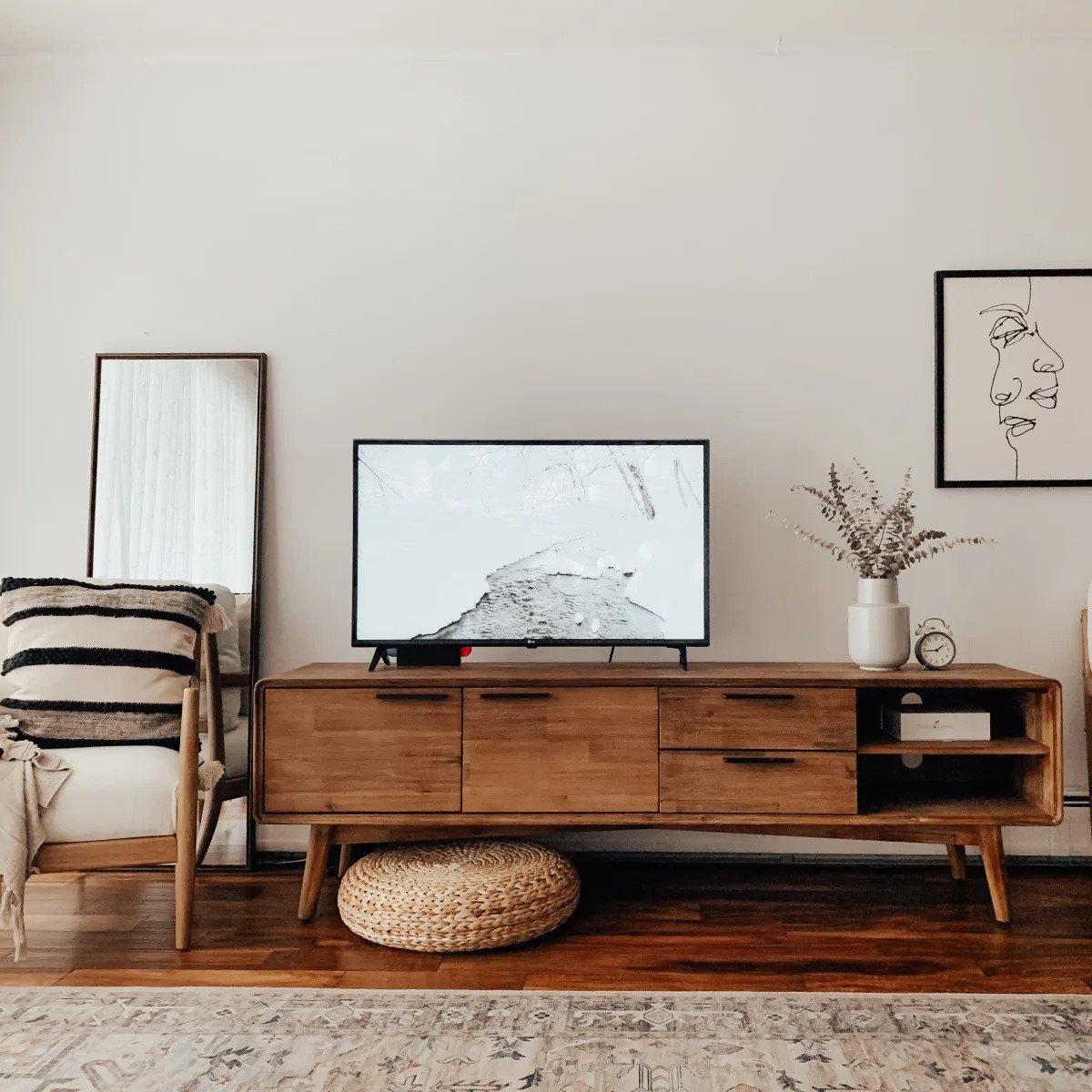
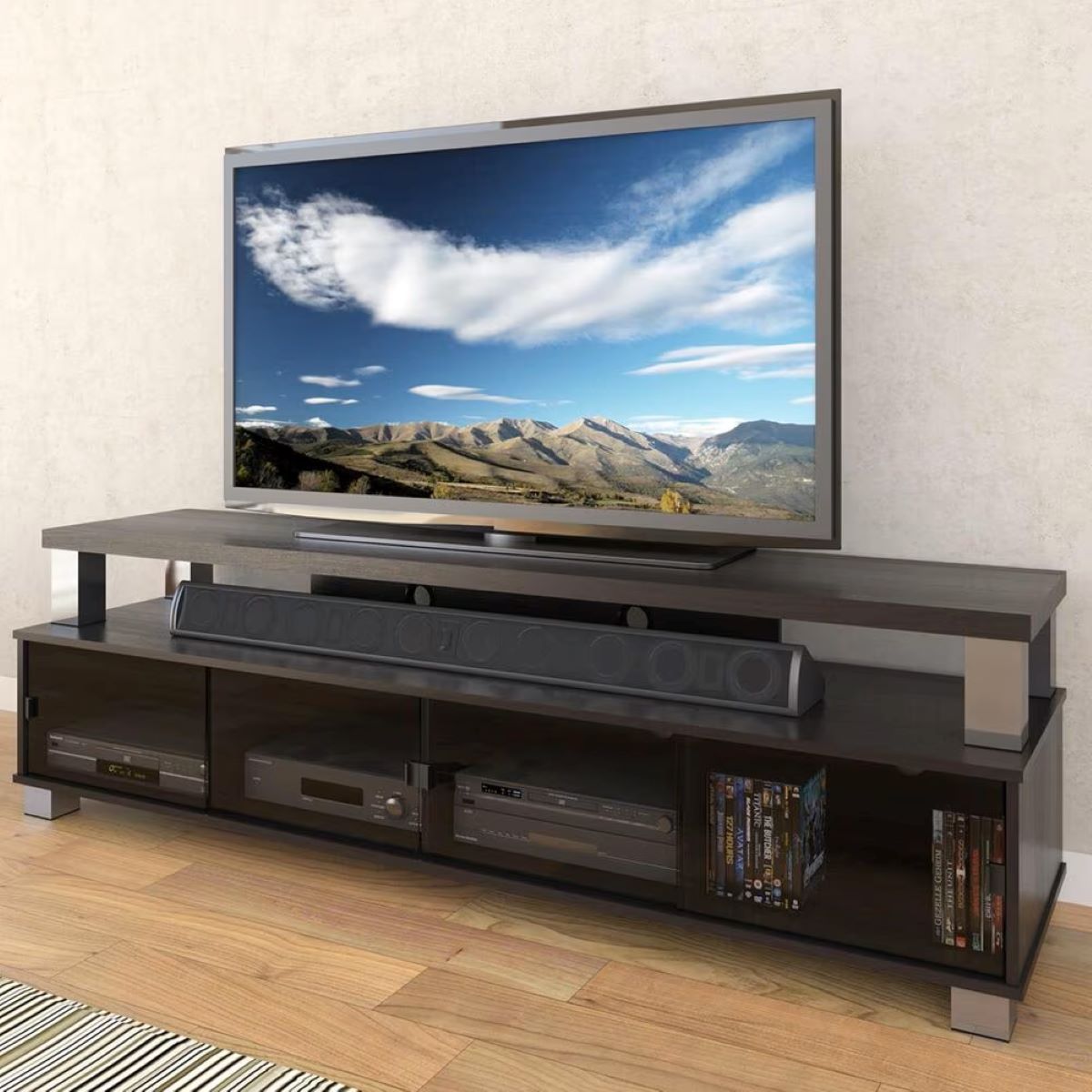
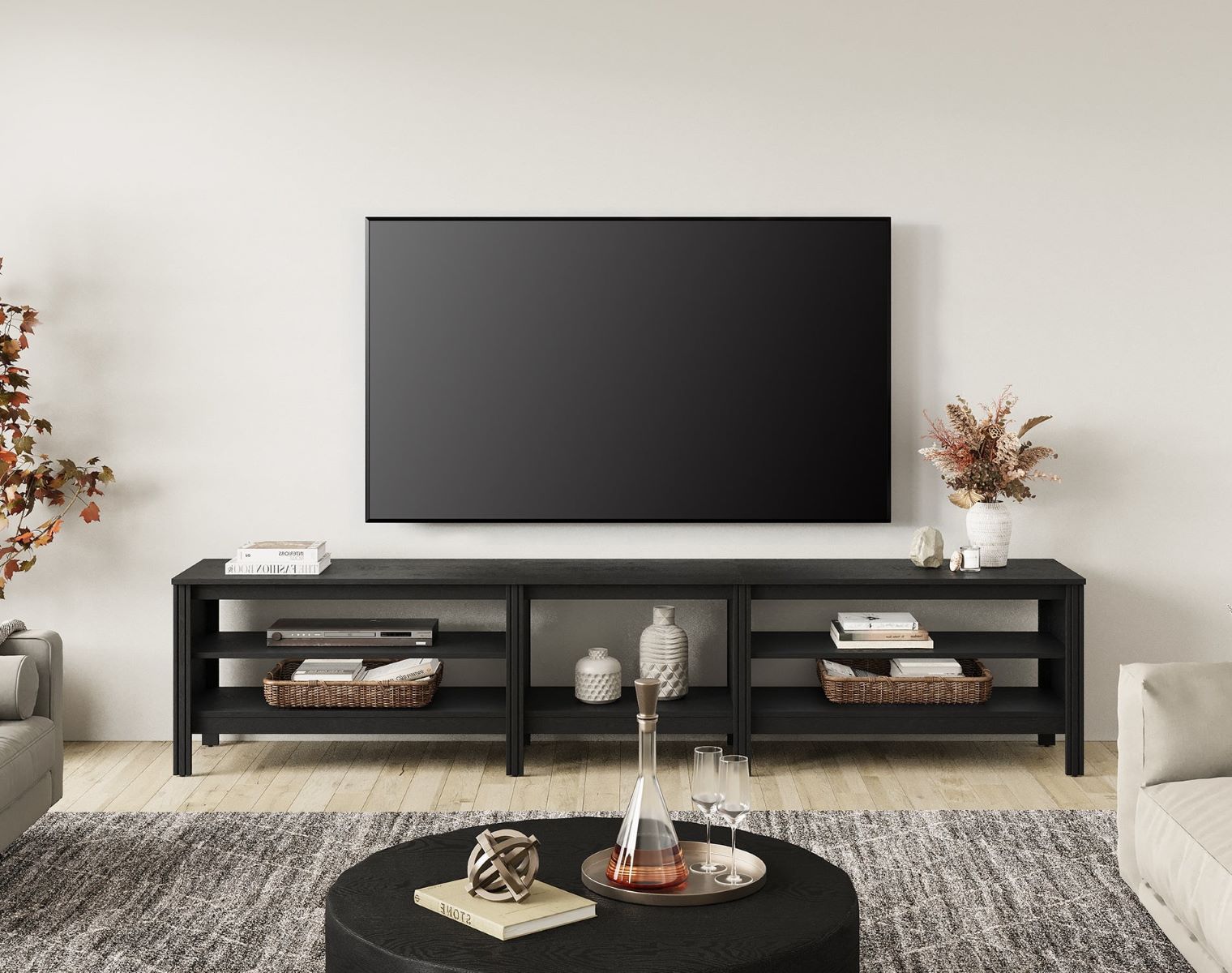
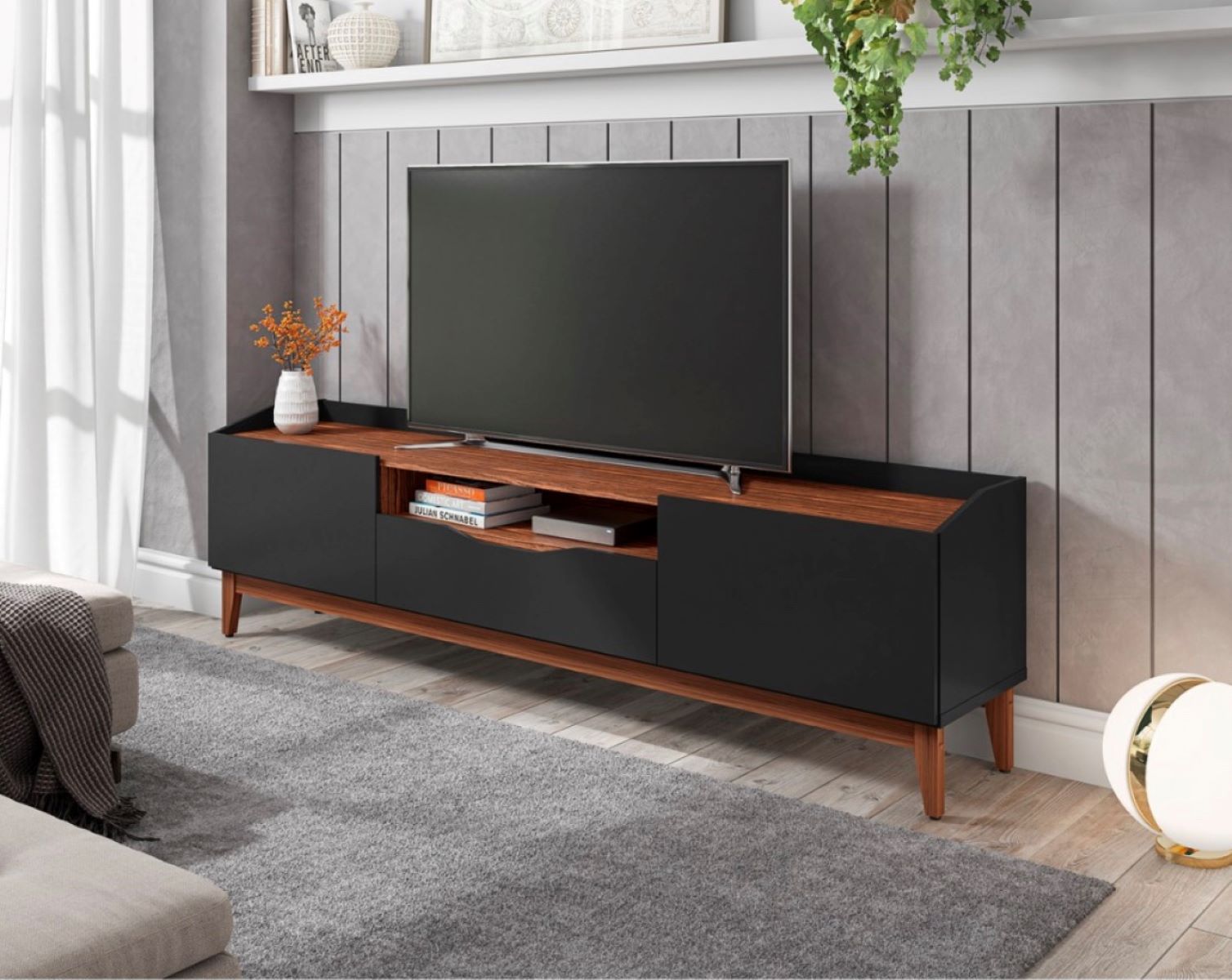
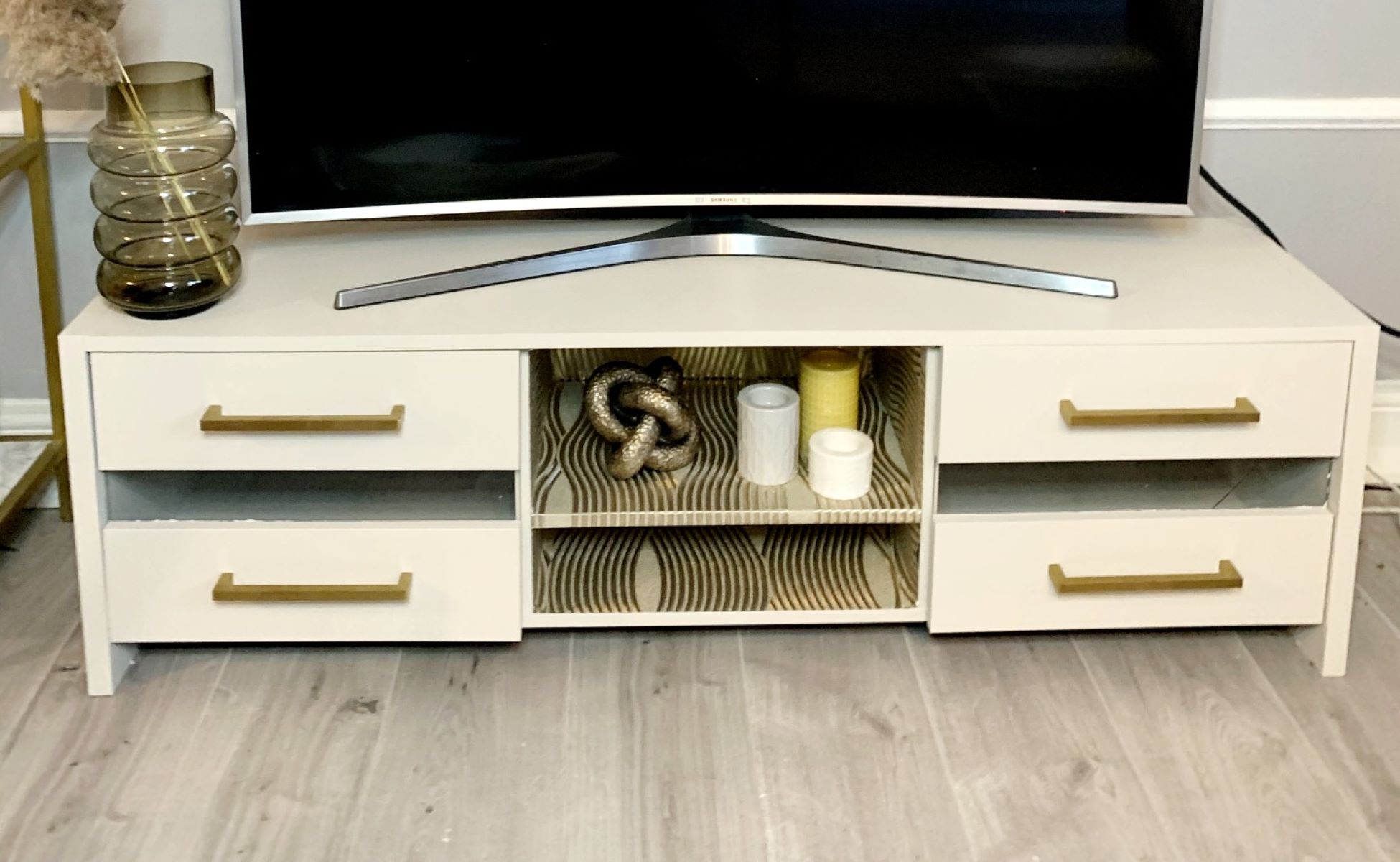
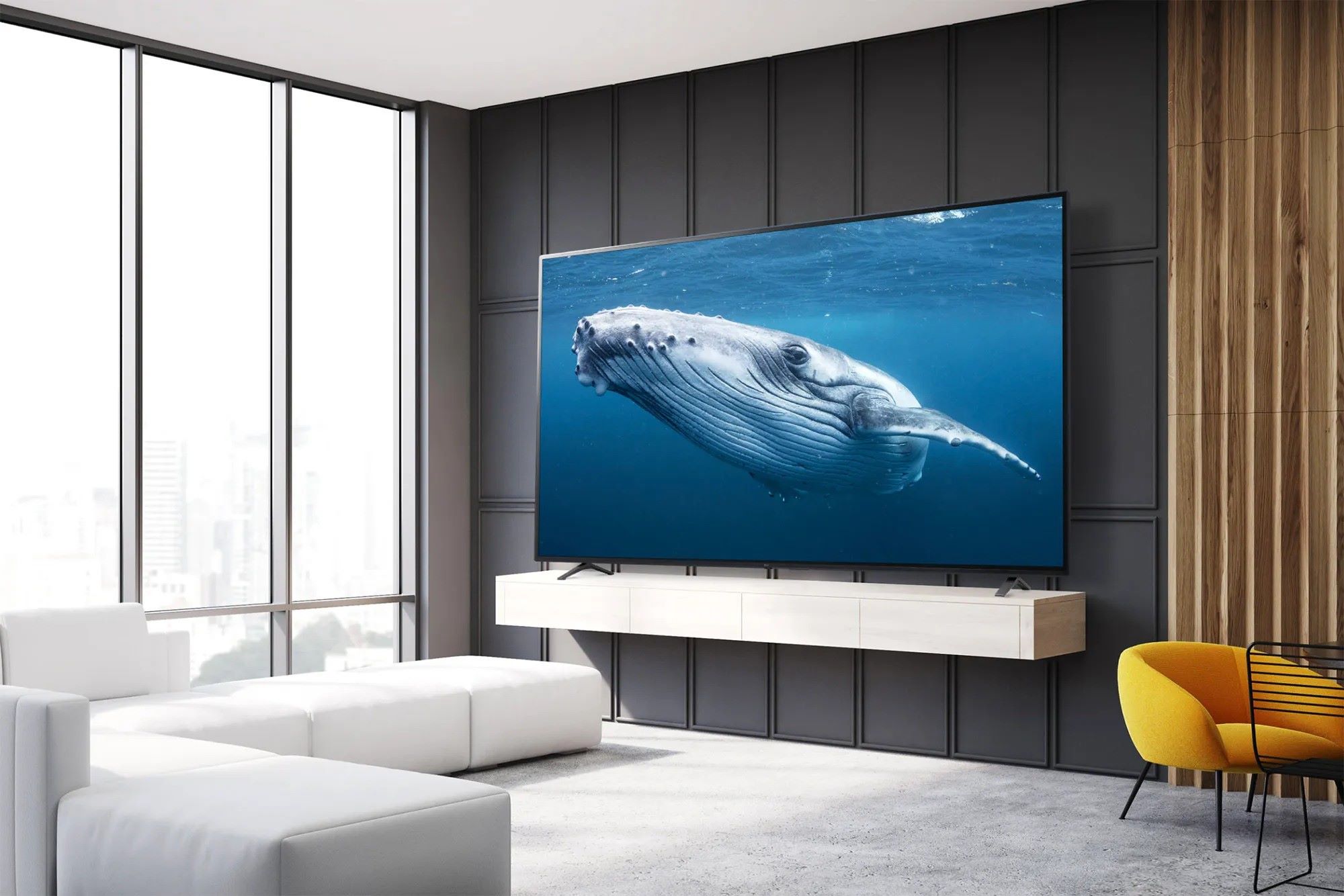
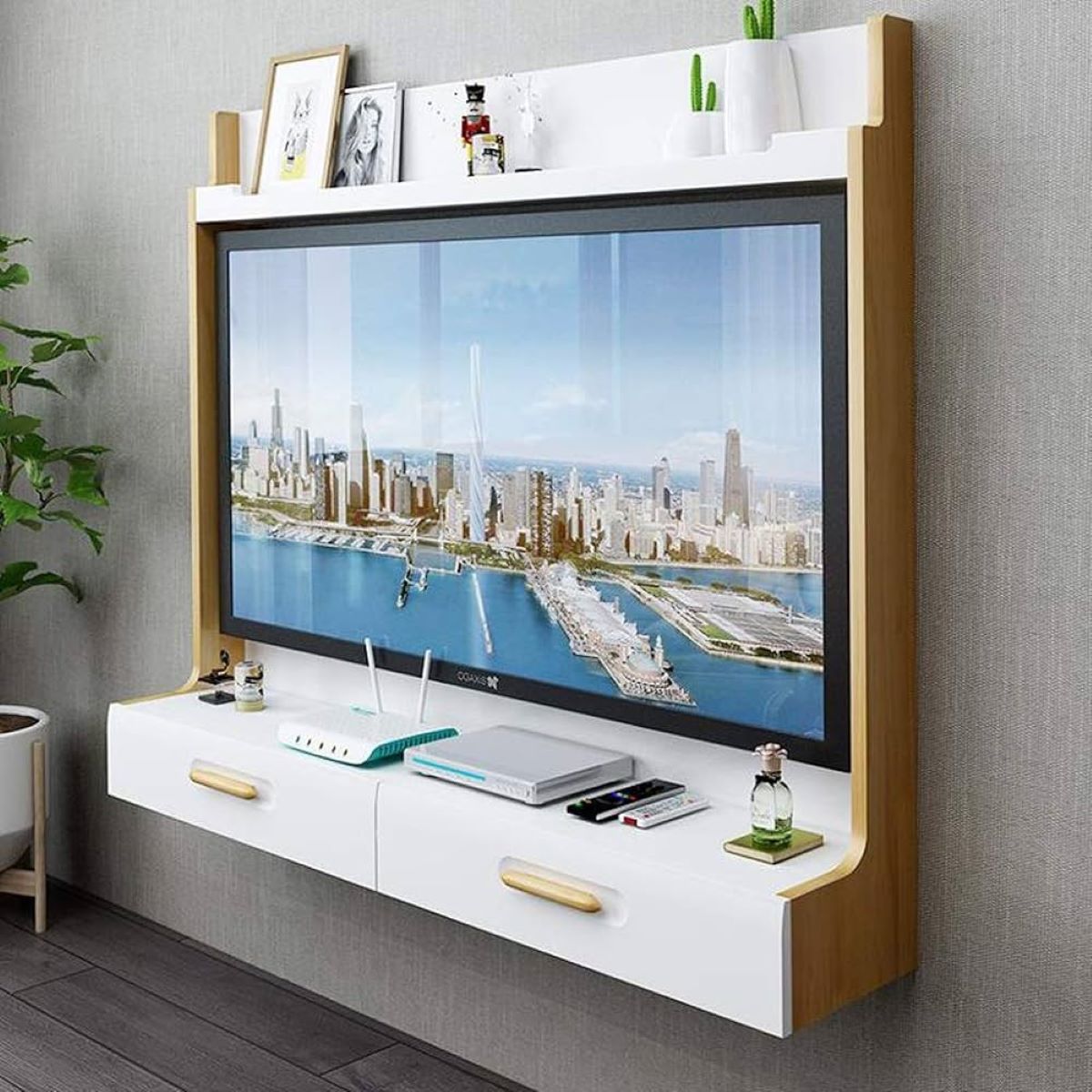
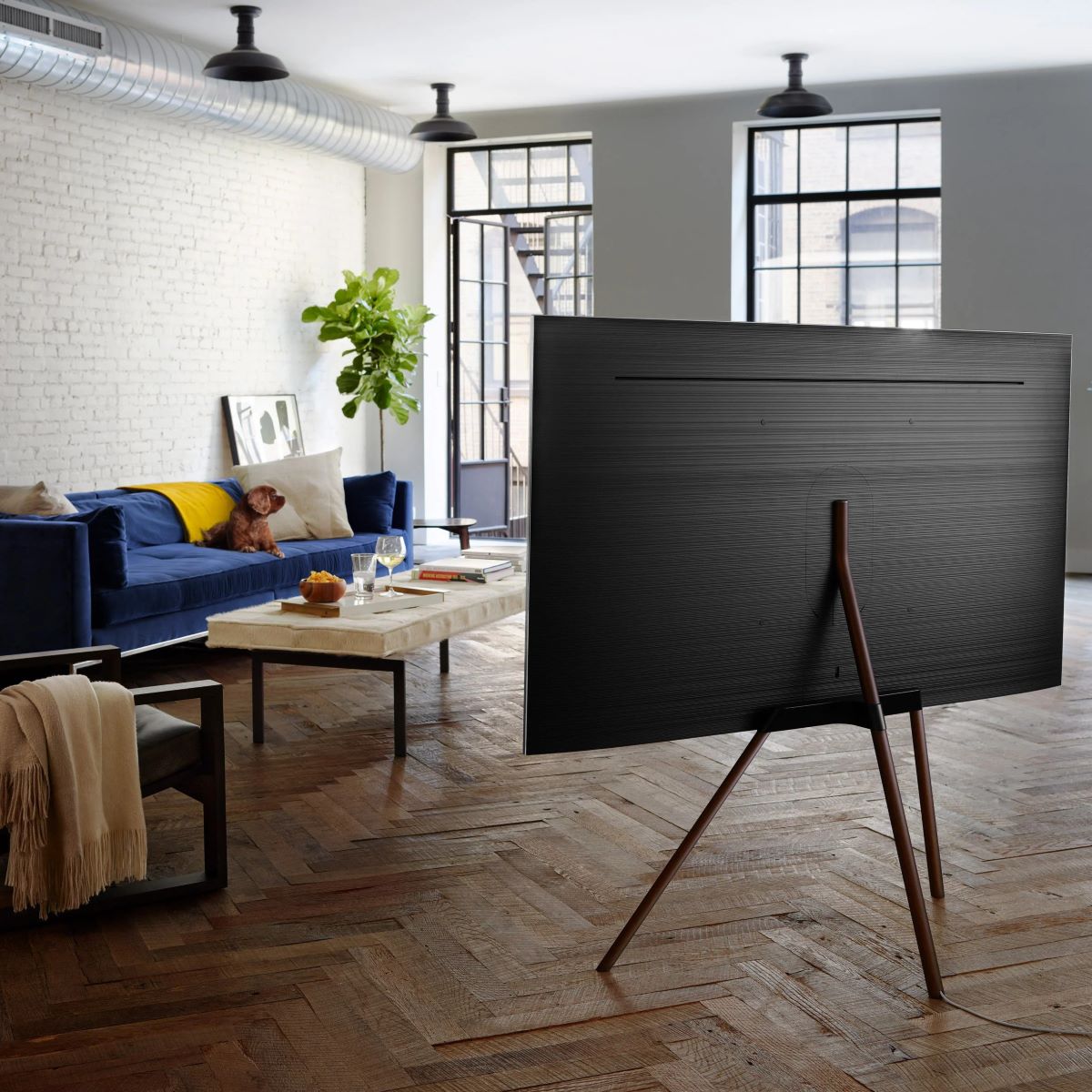

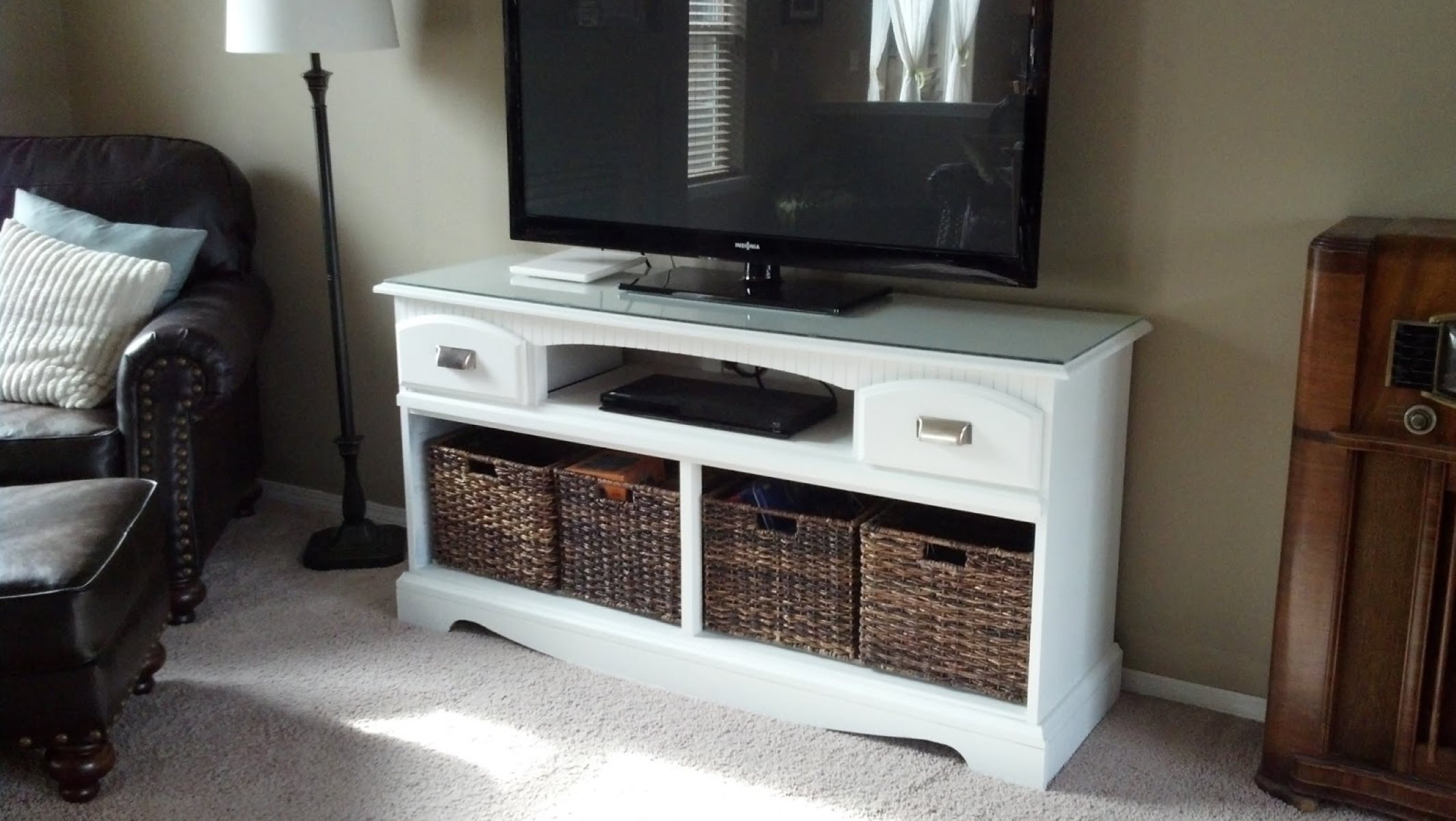
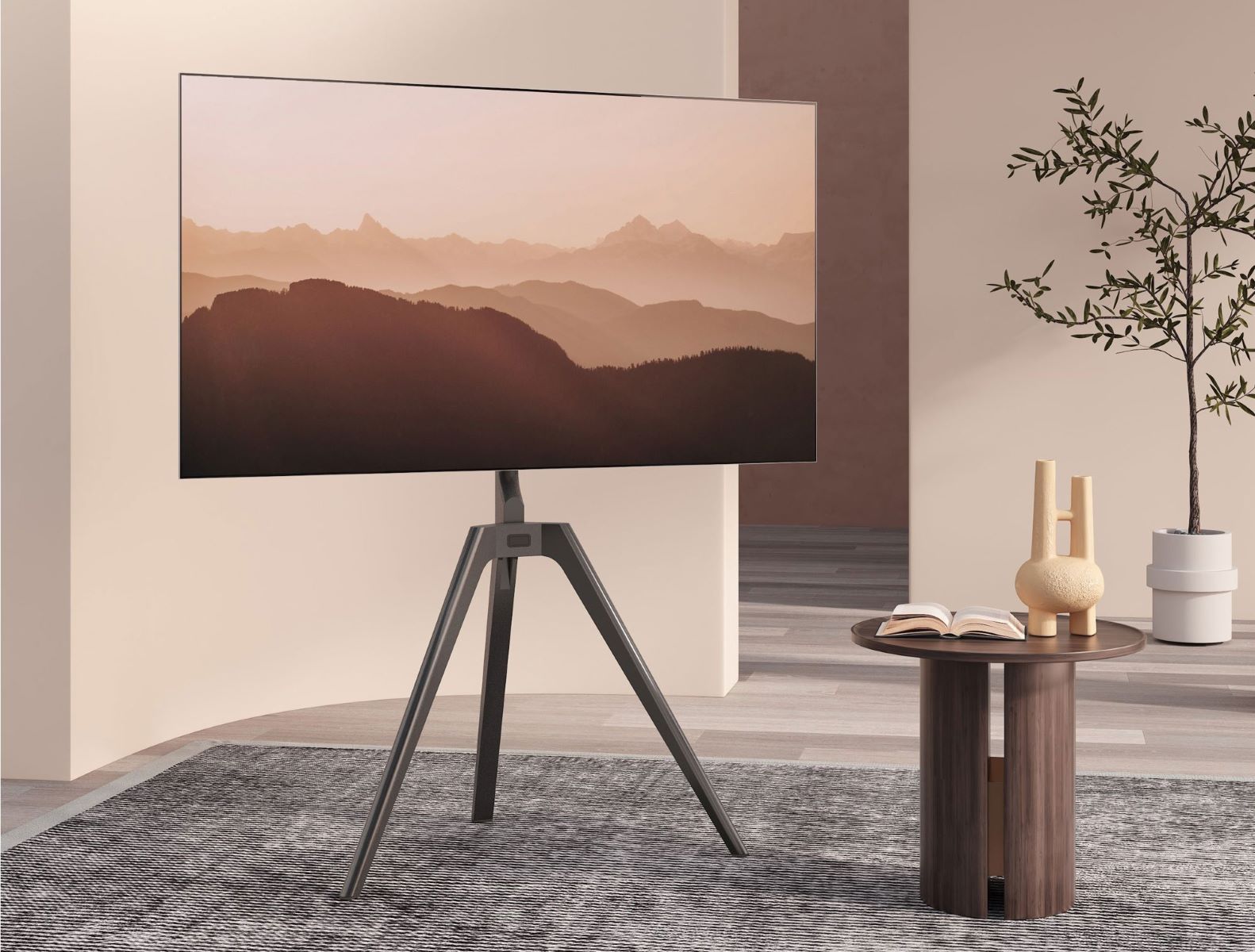
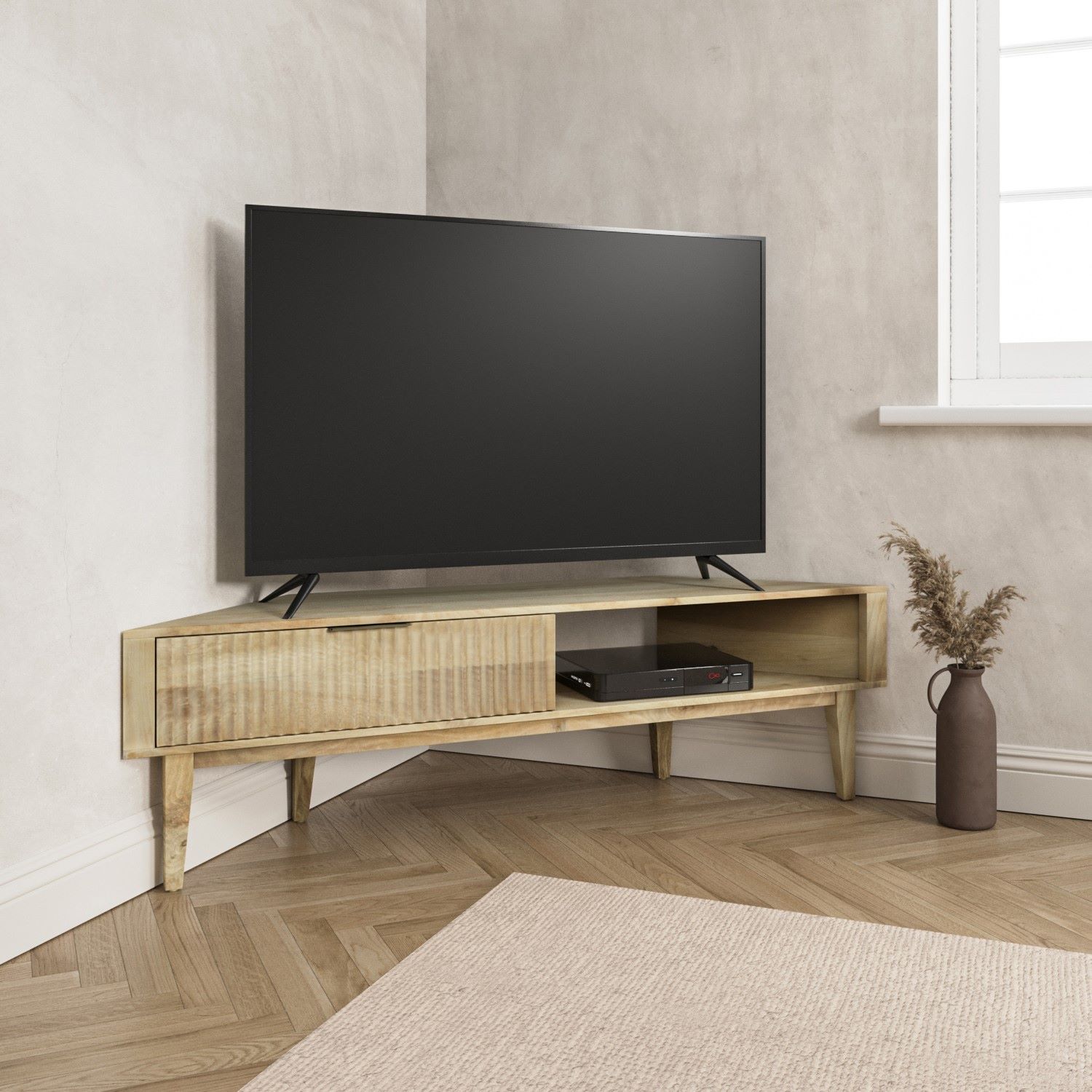
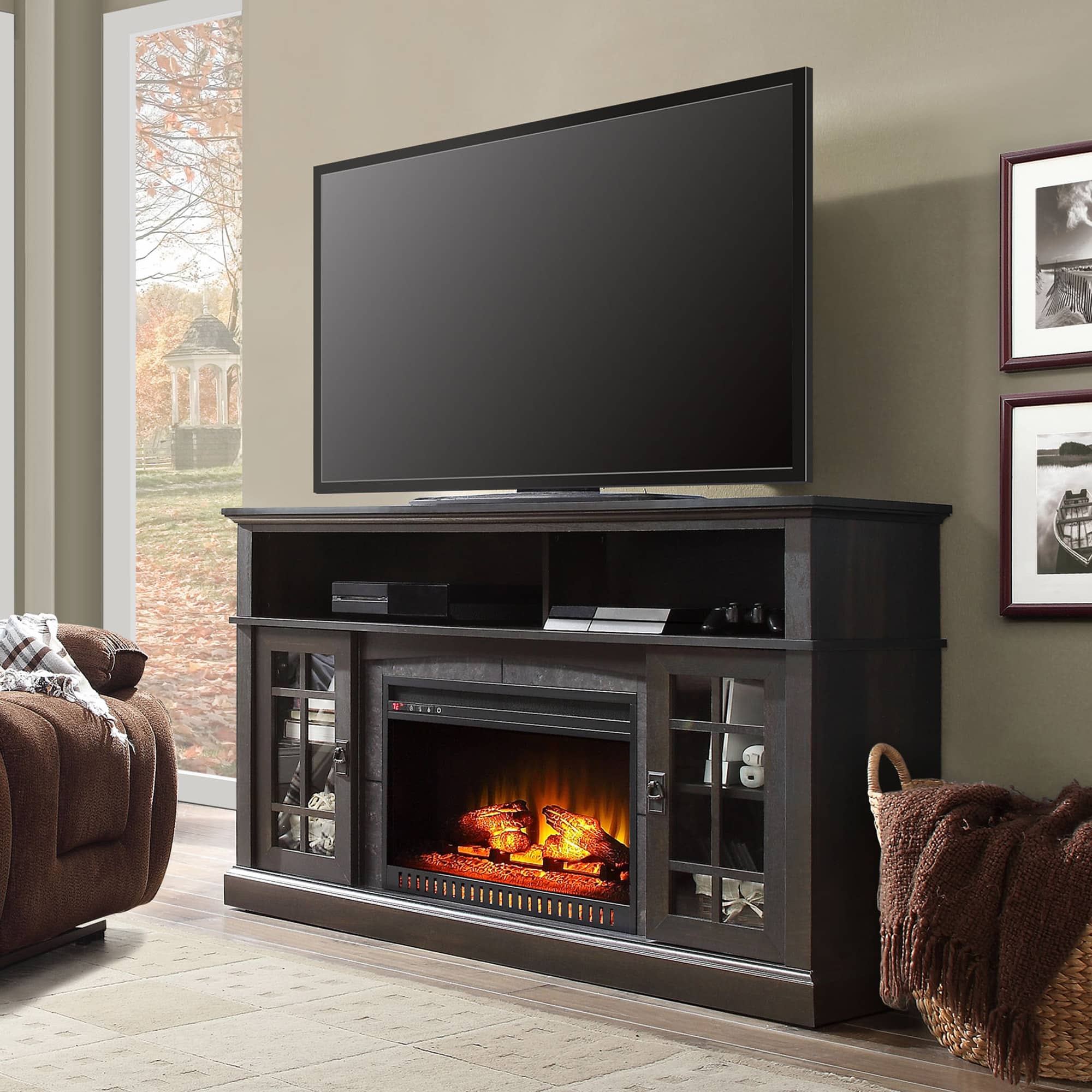

0 thoughts on “How To Baby-Proof A TV Stand”